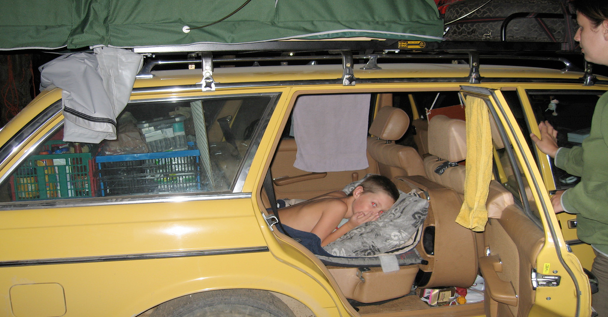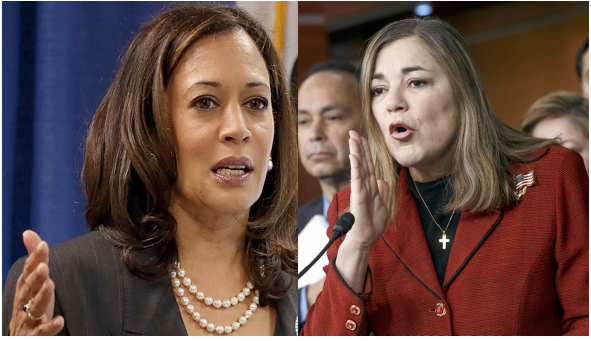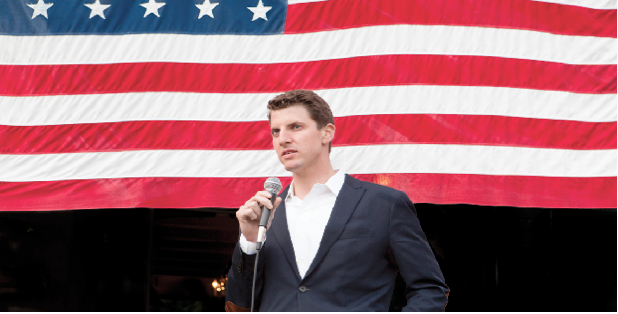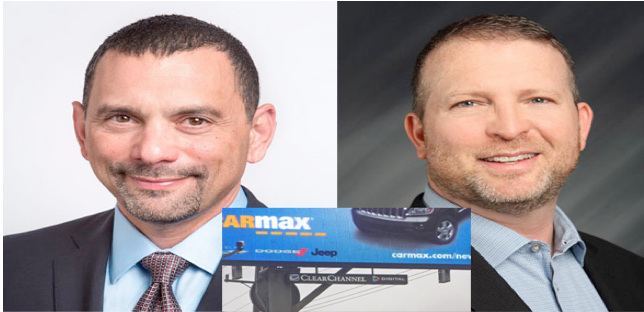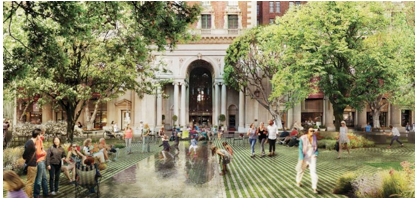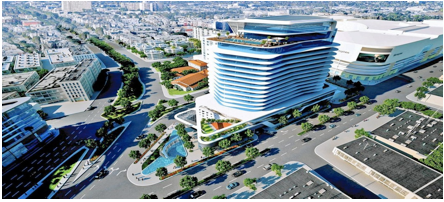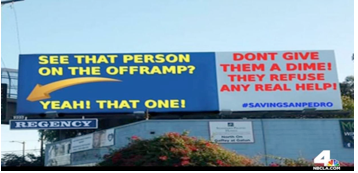City Hall’s Empty Promises – Homeless Numbers Continue to Plague LA
JUST THE FACTS-From the San Fernando Valley to San Pedro to West Los Angeles to Downtown, more and more homeless people occupy our local streets. In the meantime, “Emergency Declarations” made many months ago by elected officials to address the matter remain stalled due to lack of funding. All we get are empty promises to remedy the situation, followed by media releases containing lots of smoke with little action. We still lack the money to actually begin to remedy this situation that impacts thousands of lives, including many women and children.
A recent visit to the Sepulveda Basin and a drive along Woodley Ave between Victory and Burbank Blvds., illustrates the number of cars, trucks and motor homes permanently parked along the eastside of the roadway adjacent to the park. These vehicles comprise yet another of the hundreds of homeless encampments throughout our region. Men, women and children are living in conditions that resemble a struggling third world country.
It’s an understatement to say how sad it is that people exist like this. It is criminal for our elected officials to permit the situation to continue to grow, offering little relief or solutions beyond the taxes and fees imposed on responsible members of our diverse population.
Like many of you, I am tired of seeing the city’s proposed $8.7 billion 2016-2017 budget go for administrative salaries and benefits. Too much money is spent on pet projects and too little remains for homeless programs, street paving or enhanced public safety programs to protect our communities where increasing crime is trending and the quality of life in our neighborhoods is deteriorating.
There is much political talk from elected officials about what will be done to address the homeless situation. But, as they say, talk is cheap. Rather than establish priorities and work in a unified fashion, our elected officials on all levels of government rely on additional fees and taxes. While raising taxes and fees may be a likely answer, they need to be imposed on the rich and on developers.
Of course, we are already seeing the push for more taxes for public transit operations and the expansion of transit lines, especially the 40-year sales tax increase for bus and rail transit. Soon, we will have an almost 10% sales tax in our region. But will this bring about real change and a reduction in homelessness? Or will it just add to the pot of cash that will be washed away, disappearing down the financial black hole at City Hall. Time will tell. You should watch this closely. I for one am not supporting any new fees or taxes without an ironclad plan that includes oversight by credible people with a history of dedicated community service and who have the ability to say no to a plan that wastes our hard earned money.
I am doing my part to help with organizations dealing with mental illness and the homeless, serving on the Board of Directors of the San Fernando Valley Community Mental Health Center, Inc. and on the Board of Directors of the Hope of the Valley Rescue Mission. While I may rant and rave about the homeless situation in our communities, I am also working with groups that are dedicated to impacting the situation on a personal level.
If you have the time, if you are tired of seeing your community fall apart, then I urge you to get involved in any group dealing with the homeless problem. They can all use additional people who are dedicated to creating a better Los Angeles for all of us.
Additional note:
Even a marriage made in heaven sometimes has a few bumps in the road. But when those bumps become too severe, divorce is sometimes considered the only solution. Many of us have found ourselves in this situation. But before you decide to become “single” (and maybe happy again,) you should consider all of the options carefully. The only people who truly make a profit in a divorce are the attorneys handling the case.
Attorney Ronald M. Supancic, who has been practicing family law since 1970, contacted me and asked that I let readers know that he provides a free service to those considering a divorce. It is called “Divorce Workshop” and is conducted on the 2nd Saturday and 4th Wednesday of each month at 21051 Warner Center Lane, Suite 100 in Woodland Hills. Areas discussed include protecting yourself in court,child custody, spousal and child support guidelines and the divorce process and related costs. For additional information please go to: The LawCollaborative.com or call 888 852 9961.
I welcome your observations and comments.
(Dennis P. Zine is a 33-year member of the Los Angeles Police Department and former Vice-Chairman of the Elected Los Angeles City Charter Reform Commission, a 12-year member of the Los Angeles City Council and a current LAPD Reserve Officer who serves as a member of the Fugitive Warrant Detail assigned out of Gang and Narcotics Division. He writes Just the Facts for CityWatch. You can contact him at [email protected].) Edited for CityWatch by Linda Abrams.

